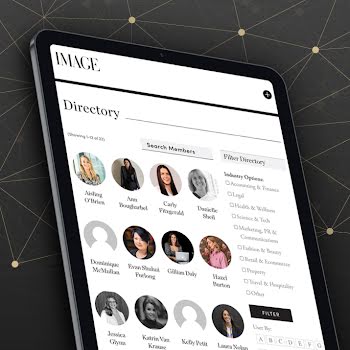
By Colette Sexton
26th Apr 2018
26th Apr 2018
Colette Sexton, news correspondent at The Sunday Business Post, on why good intentions are nice, but real diversity only comes when companies keep a close eye on the composition of their workforces.
It is not easy to recognise that your own privilege but it appears that senior leaders in Ireland are starting to do that. More and more companies are realising that their workforces, and particularly the make-up of their management teams, are not diverse enough.
The vast majority (91 per cent) of senior leaders in indigenous, multinational and public sector organisations in Ireland say they would support regulation to address the gender pay gap, according to EY’s latest diversity and inclusion report. Some 79 per cent of the 150 senior leaders interviewed by EY said they favour regulation to address the gender diversity of boards.
First comes recognition, and then comes change, or so I hope. And not a second too soon. Female representation on boards and in senior management in Ireland has barely changed over the past year. Now just over one-fifth of boards are made up of women, while under a third of senior management positions are held by women, according to EY.
As more people are recognising the importance of diversity, investment in diversity and inclusion is increasing significantly. Businesses investing €50,000 or more annually in diversity and inclusion increased from 9 per cent in 2017 to 15 per cent in 2018. That is great, but that money could be spent more wisely. The majority of the cash is focused on events and sponsorship but there is a lack of financial support for strategy development, implementation, data collection and analysis and diagnostics and benchmarking.
Events and sponsorship are great PR opportunities for companies to show they support diversity and inclusion. However, real change will only come from planning and data. Without long-term plans, the impact of events and sponsorship is minimal and without cold hard facts that show increases or decreases in diversity then companies do not know if they are improving, standing still or even getting worse.
This is not just about gender – all types of diversity need to be measured so companies can keep track of how homogenous their workforces are.
Often people do not want this information. They can’t ignore the facts or pretend they are wrong. It is easy to tell yourself that your workforce is diverse and inclusive, but only facts, research and measurements can actually prove that. When you get that data, you might be shocked at how uniform your team is and indeed how reflective it is of you and your own background.
Maybe you like that your team is very similar to you, but you are missing out on the benefits of having a diverse workforce. According to the EY research, organisations that have carried out a diversity and inclusion diagnostic assessment are three times more likely to attribute higher sales revenue and profit margins to diversity and inclusion. A huge proportion (84 per cent) of those investing €25,000 in diversity and inclusion say their organisation attracts and engages young talent, compared to 65 per cent of those investing less than €25,000. Plus 59 per cent of companies investing in diversity and inclusion say they have strengthened cultural values.
It is impossible to deny the link between committing to diversity and inclusion and tangible business benefits. It is time you started measuring diversity in your own workforce. The knowledge might cause some short-term pain but it will led to long-term gain for employees and the company.























